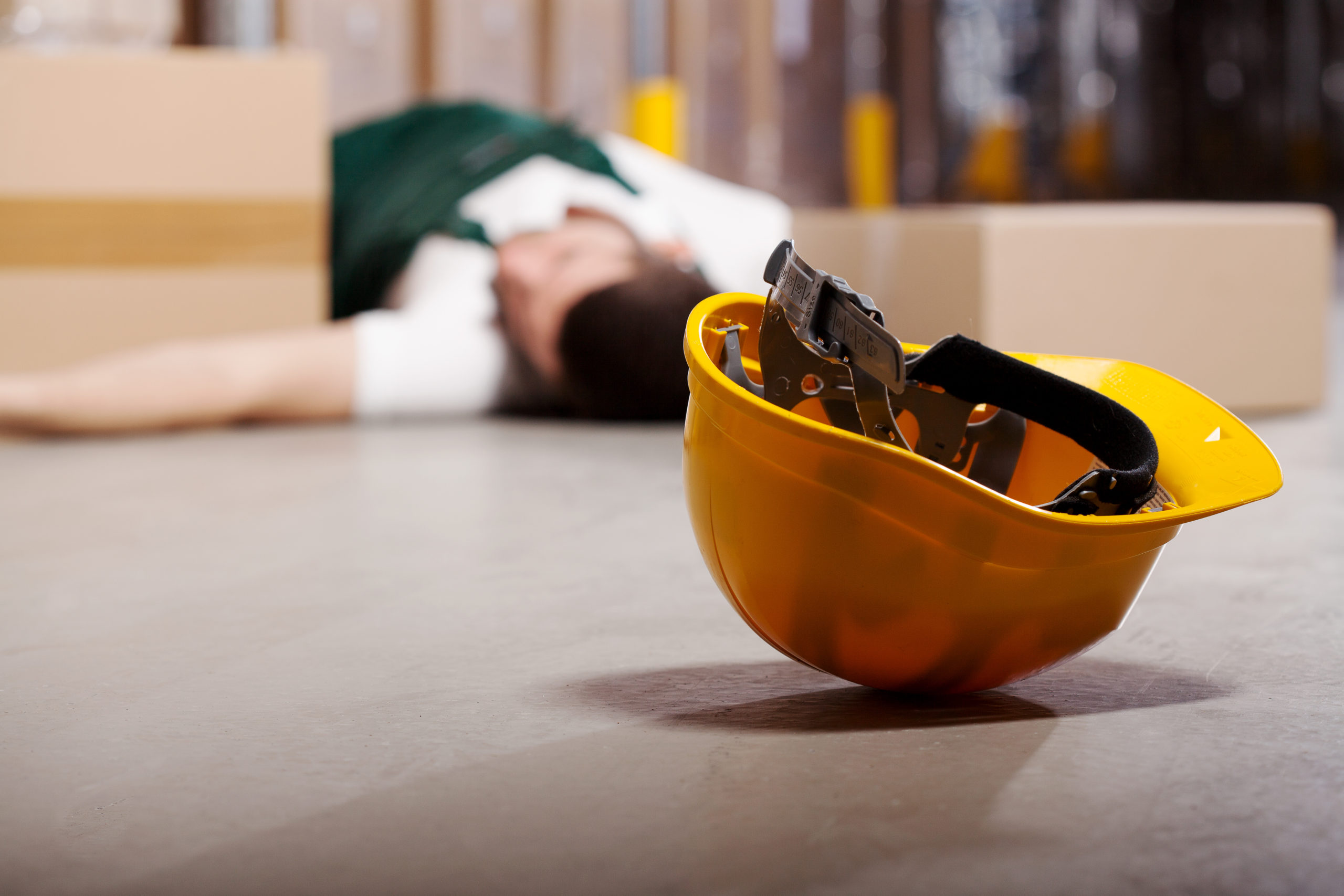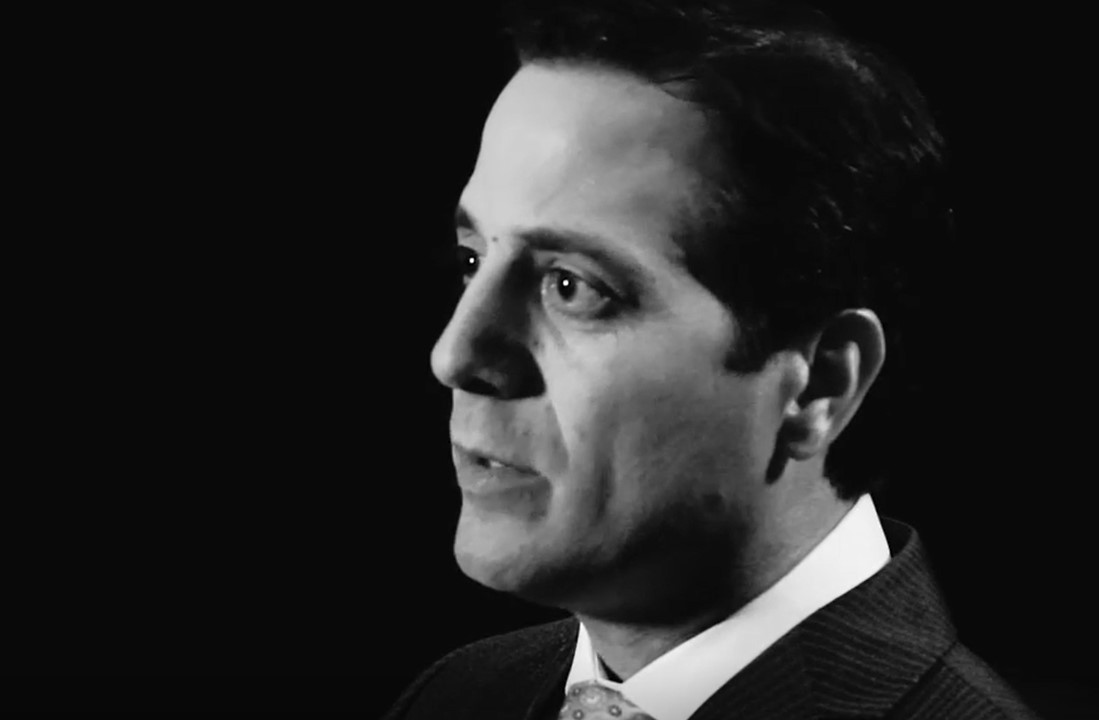More than 400 people in the U.S. die from unintentional carbon monoxide poisoning every year, according to the Centers for Disease Control and Prevention. More than 20,000 people who suffered carbon monoxide poisoning visit the emergency room and more than 4,000 others exposed to carbon monoxide are hospitalized.
Carbon monoxide, also called CO, is a silent killer that can sneak up on you without warning. When power outages occur after severe weather, such as winter storms and even just your typical summer downpour, using alternate sources of energy may cause CO to build up inside your home.
Schedule a Free Consultation
If someone’s negligence or recklessness caused your injuries, then you may be entitled to compensation that can help cover medical bills and expenses, lost wages, pain and suffering associated with the accident. The dedicated Washington, DC personal injury law firm of Regan Zambri Long can help determine if you have legal options. Our attorneys, skilled at handling premises liability cases, can advise you on the potential of your carbon monoxide lawsuit.
Contact us using our online form or call us at (202) 960-4596 to receive a free consultation. We will assess your situation, answer your questions, assess whether negligence caused your injury, and provide legal help.
As a personal injury law firm in Washington, DC, Regan Zambri Long PLLC has more than 100 years of combined experience in premises liability law, including claims involving carbon monoxide poisoning. We can investigate the accident or product defect that caused your injuries and determine all responsible parties. Our law firm has a reputation for success in complex injury claims. If you have questions about whether you are entitled to compensation based upon the circumstances that caused your or your loved one’s injuries, contact us today.
Carbon monoxide is an odorless colorless toxic gas that can be found in the air we breathe. It comes from fuels like gasoline, burning wood, or trash. It comes from any appliance or object that burns any of these fuels, including space heaters, running car engines, and gas grills.
When these fuels burn incompletely they emit CO molecules which displace oxygen molecules with CO molecules. If this happens in a space without proper ventilation, it can cause carbon monoxide poisoning.
A car engine in an enclosed space such as a closed garage is a possible source of carbon monoxide gas. Some household appliances such as heaters or cookers can cause carbon monoxide gas if their fuel is not burned completely. This includes appliances and heaters powered by natural gas and gasoline/oil mixes like those used for cooking on stovetops. Fireplaces and wood-burning stoves can also cause carbon monoxide poisoning if their attached chimneys do not release smoke upwards properly.

It is important to know the symptoms of carbon monoxide poisoning because carbon monoxide is a silent killer. It has no smell or color. The symptoms of carbon monoxide poisoning are not always easy to detect, especially during low-level exposure.
A headache that feels like a tension headache is the most common symptom of mild carbon monoxide poisoning. Other symptoms include:
These symptoms are similar to flu-like symptoms and can feel similar to food poisoning too. Unlike the flu, carbon monoxide poisoning does not cause fever.
The symptoms of carbon monoxide poisoning get worse with continued exposure to carbon monoxide. The longer the gas leak, the longer you inhale carbon monoxide. With time, the symptoms can cause severe cases of carbon monoxide poisoning. If you are suffering from carbon monoxide poisoning, you will feel sleepy, and you may lose your balance, vision, and memory.
Yes, carbon monoxide poisoning can lead to death. High levels of carbon monoxide is one of the most common causes of poisoning deaths. If there is a high level of carbon monoxide in the air and you are exposed to it, you can die within two hours or less. This can easily happen if you or a loved one is asleep.
When sleeping, you cannot notice the symptoms of mild poisoning and do not seek fresh air or medical attention. Eventually, all the oxygen in the body is replaced with carbon monoxide and the person suffocates from lack of oxygen in their blood and organs. This leads to death.
According to the Centers for Disease Control:
Our free consultations are designed to help people like you determine whether you can file a personal injury claim because of someone else’s negligence. Call Regan Zambri Long for a free case evaluation today.

There are many stages in a personal injury case:
The law firm that works with you will conduct a thorough investigation of the circumstances surrounding your injury. A Washington, DC personal injury law firm like Regan Zambri Long will gather as much information as possible from you, incident reports, and other relevant people, such as witnesses, medical professionals, and first responders.
Your personal injury lawyer will also conduct a financial analysis to determine what financial compensation you can seek. You may be able to receive financial compensation for medical expenses, lost wages, and other costs.
If the at-fault party has insurance, such as property owners who have liability insurance, your attorney may contact the insurance company to obtain an offer of settlement. If a settlement offer is made, your attorney will review it with you to determine whether to accept, negotiate, or seek compensation in a personal injury case in a Washington D.C. court. You have the right to decide whether to accept a settlement offer or not. If the matter is not settled, a personal injury or wrongful death lawsuit may be filed in court.
A lawsuit is started in a Washington, DC court by filing a document that outlines what happened to the victim and how the at-fault party caused the injury. This document is called the complaint; it refers to the at-fault party as the defendant and refers to you, the injured party, as the plaintiff. In the complaint, the plaintiff will explain how the defendant’s negligence caused the injury.
In a personal injury claim, the defendant responds to the complaint with a document called an answer.
Next, the plaintiff and defendant exchange documents, reports, and information that will serve as evidence at trial. The plaintiff and defendant, as well as witnesses to the accident, are interviewed by the lawyers.
In addition, an expert witness may provide information based upon his specialized knowledge about what he believes caused the injuries. Your law firm may also work with another law firm as co-counsel to ensure you are fully and fairly represented in the legal system.
Ultimately, both sides prepare for trial. Many personal injury cases result in a settlement agreement rather than a verdict at trial. Settlement is possible at any point before, during, or even after trial.
The house will be a much safer place for you and your family if you follow these safety tips.
The Consumer Product Safety Commission warns that you should never ignore a carbon monoxide detector alarm. When it goes off, don’t try to figure out where the leak is coming from or what might have caused it.
Instead, immediately leave the building and ensure everyone else inside gets outside as quickly and safely as possible. Ensure your pets are taken outside as well because pets can die from carbon monoxide poisoning just like people.
Then, call 911. Everyone should check themselves for injury to determine if they need medical attention. Do not return to the building until emergency responders have told you it is safe to go back inside.
Yes, several successful carbon monoxide lawsuits have been filed in Washington, DC after victims suffered serious injuries or death because of exposure to carbon monoxide. In order to seek financial recovery for carbon monoxide poisoning in Washington DC, you must show that someone else’s negligence created the circumstances surrounding your injury or your loved one’s death. This means that they didn’t take reasonable care to ensure you were not injured or killed by exposure to carbon monoxide in an enclosed space.
The people who could be responsible for the injury include:
Acute poisoning may result in permanent injury to the parts of your body that require a lot of oxygen, such as the heart, brain, and other vital organs. Significant reproductive risk is also linked with carbon monoxide poisoning. Any of these injuries can result in ongoing medical expenses, continued pain and suffering, and other losses.
Yes. Carbon monoxide is a common industrial hazard resulting from incomplete burning of material containing carbon, such as natural gas or gasoline. Forges and blast furnaces are two sources that can produce this type of pollution in the workplace. You also might encounter carbon monoxide if you are using an internal combustion engine.
The workers most at risk for carbon monoxide poisoning include:
In some cases, it can be difficult to determine who is at fault for your injury in Washington, DC. If you’ve suffered serious injuries or a loved one has died because of carbon monoxide exposure, a DC carbon monoxide lawyer can provide legal advice to you. You may be able to file a personal injury lawsuit against building owners, an employer, or a manufacturer of a faulty product. If a building owner is responsible, a premises liability lawsuit may be filed. If your loved one died, you may be able to file a wrongful death case to seek compensation.
After suffering a personal injury in Washington, DC, an experienced personal injury law firm with a premises liability focus can help you understand your legal rights and whether your circumstances are likely to result in compensation. A case evaluation can help you understand if negligence caused your injury and what kinds of compensation you might receive. Contact Regan Zambri Long with our online form or call us at (202) 960-4596 to receive a free consultation.